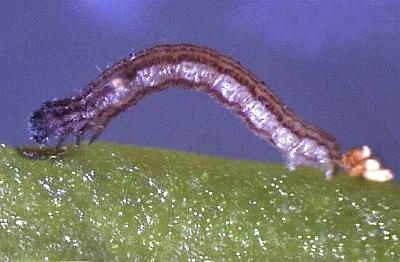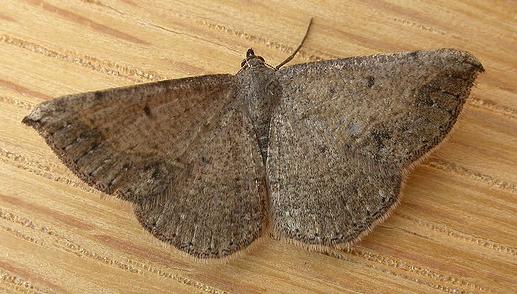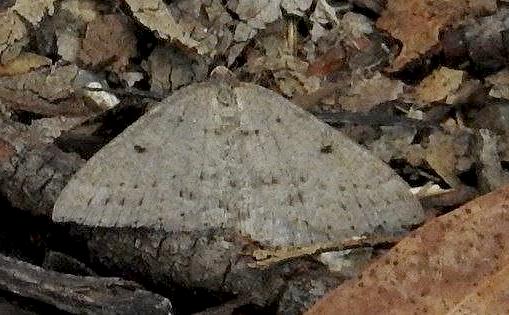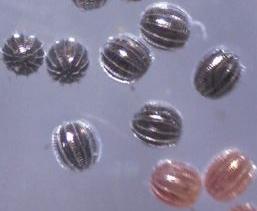
| Neat Taxeotis (one synonym is Panagra reserata Walker, 1861) OENOCHROMINAE, GEOMETRIDAE, GEOMETROIDEA | (donherbisonevans@yahoo.com) and Stella Crossley |

(Photo: courtesy of S. Williams,
Moths of Victoria: Part 4)

| Neat Taxeotis (one synonym is Panagra reserata Walker, 1861) OENOCHROMINAE, GEOMETRIDAE, GEOMETROIDEA | (donherbisonevans@yahoo.com) and Stella Crossley |

(Photo: courtesy of S. Williams,
Moths of Victoria: Part 4)
The Caterpillars of this species are brown loopers. The eggs are laid with no gum, and just scatter in the ground debris. So the caterpillars are thought to feed on dead leaves.

The adult moths are greyish brown. The wings each have faint marginal lines, and some black dots. The wingspan is about 2 cms. The males and the females in this genus both have thread-like antennae.

The species has been found in

The eggs vary from purple to black, and are round with microscopic ridges. They are not sticky, and blow about in the wind, so the caterpillars are thought to be detritus feeders.
Some taxonomists think that Taxeotis subvelaria Walker 1861, is a junior synonym of Taxeotis reserata Walker 1860, but the Australian Faunal Directory treats them as separate species, so here we follow their judgement.
Further reading :
Peter Marriott, (listed as Taxeotis reserata)
Moths of Victoria: Part 4,
Emeralds and Allies - GEOMETROIDEA (B),
Entomological Society of Victoria, 2012, pp. 14-15, 16-17.
Francis Walker, (listed as Panagra subvelaria)
Geometrites,
List of the Specimens of Lepidopterous Insects in the Collection of the British Museum,
Part 23 (1861), p. 1000, No. 31.
Francis Walker, (listed as Panagra reserata)
Geometrites,
List of the Specimens of Lepidopterous Insects in the Collection of the British Museum,
Part 23 (1861), p. 1010-1011, No. 53.
 caterpillar |  butterflies |  Lepidoptera |  moths |  caterpillar |
(updated 30 June 2013, 16 October 2025)